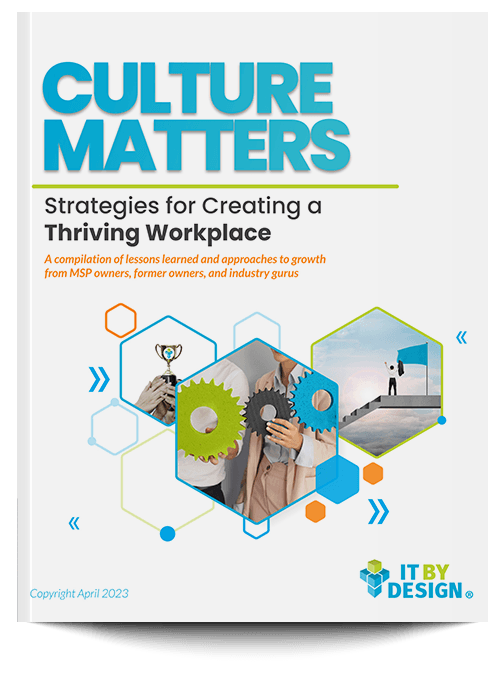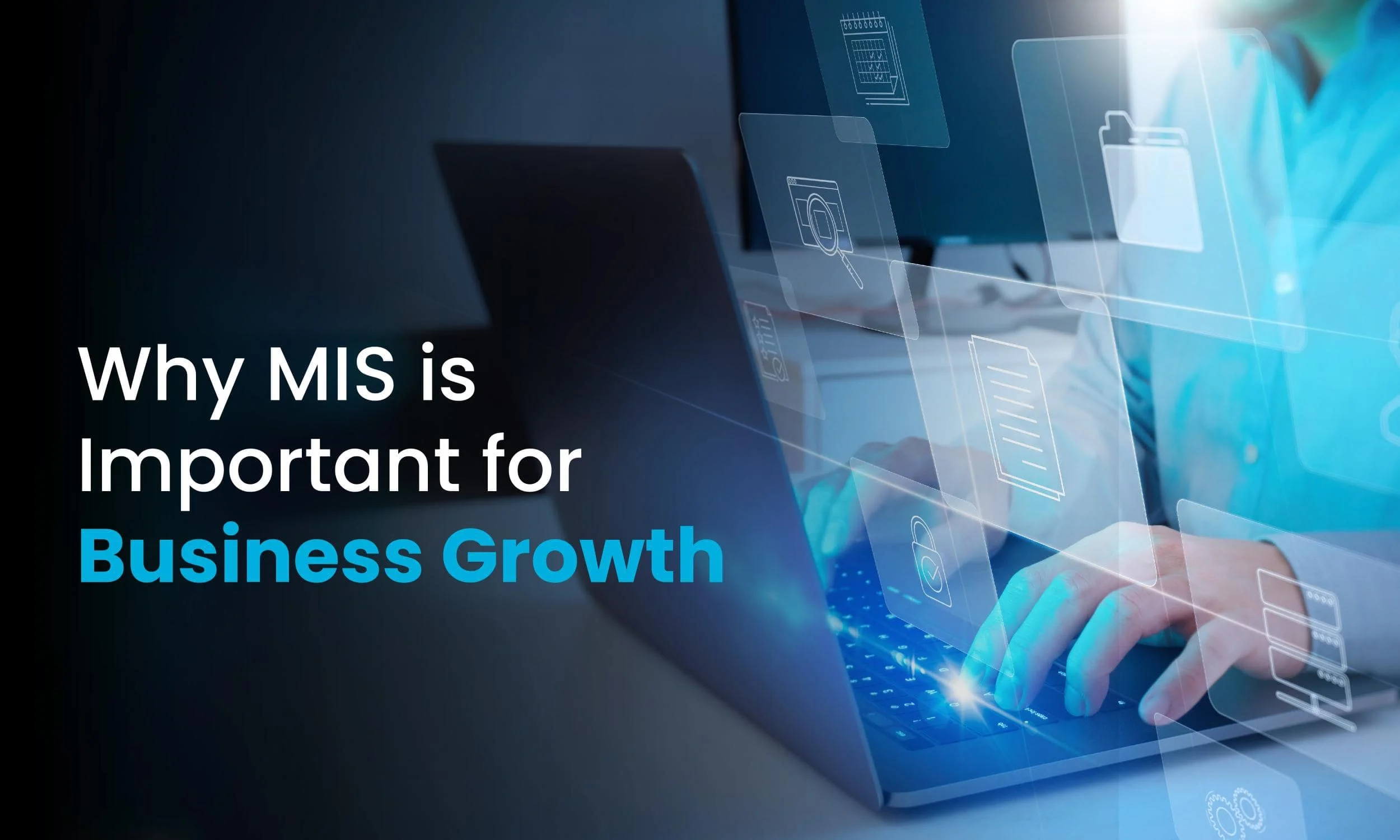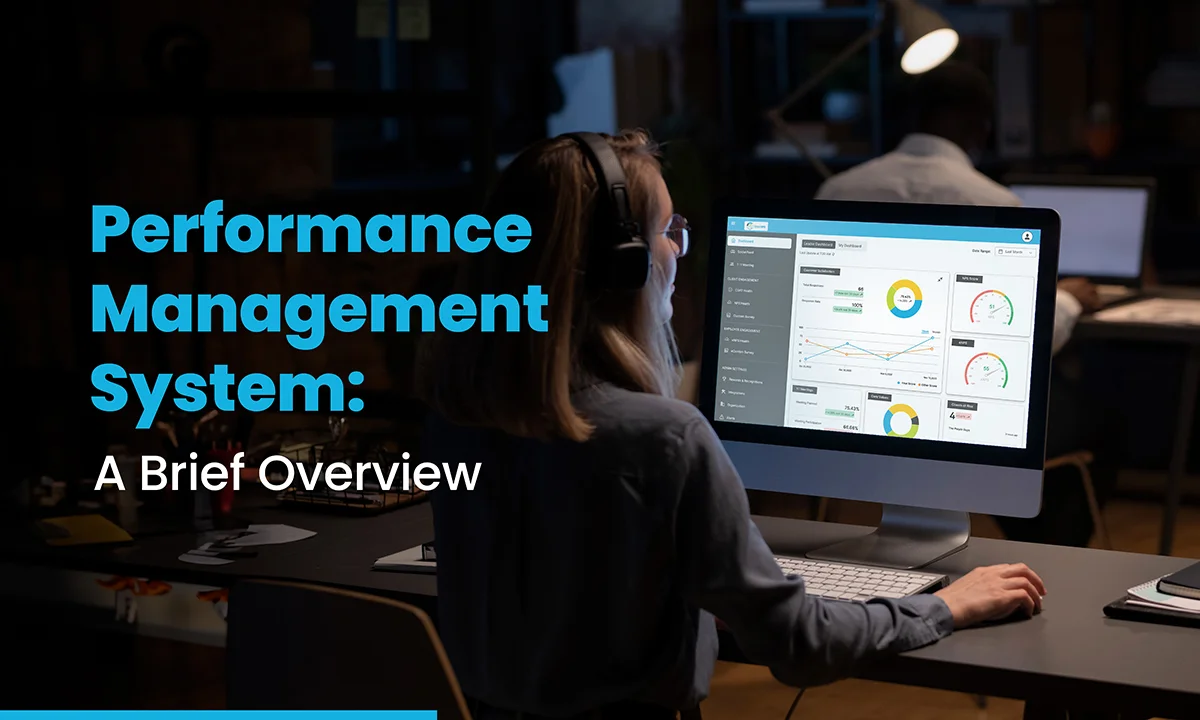Marketing is a vital function for any business that wants to grow and succeed in today’s competitive channel. However, it’s not just about creating and executing campaigns; it also involves collecting, analyzing, and using data to make informed future decisions. This is where marketing information system (MIS) becomes important.
What is a Marketing Information System?
An MIS gathers, stores, processes, and distributes relevant marketing data to help leadership teams make better decisions. Businesses benefit in various ways, such as:
- Identifying and understanding customer needs, preferences, and behavior
- Developing and testing new products and services
- Segmenting and targeting the most profitable markets
- Choosing the best pricing, distribution, and promotion strategies
- Evaluating and improving the performance and effectiveness of marketing activities
- Monitoring and responding to changes in the external environment, such as competitors, regulations, and trends
An MIS provides valuable insights and information that can help companies gain a competitive edge and increase customer satisfaction and loyalty. According to a survey by CMO Council, only 7 percent of marketers are able to leverage analytics to drive real-time decision-making and deliver better experiences.
Unfortunately, not all businesses have a well-developed and efficient marketing system. Some of the challenges and barriers that prevent organizations from using an MIS effectively are lack of data:
- quality and accuracy
- integration and accessibility
- analysis and interpretation
- security and privacy
- culture and leadership
One of the challenges that many organizations face is how to manage and use the large amount of data that they collect and generate. Building and using an MIS is not a simple task. It requires careful planning, implementation, and evaluation. To overcome this, companies need to invest in the right tools, processes, and people.
How to Establish and Apply a Marketing Information System
The first step is to define the objectives and scope. What are the goals and expectations? Who are the intended users and beneficiaries? What are the key questions and indicators that the MIS should answer and measure? These questions will help to clarify the purpose and scope and guide the subsequent steps.
The second step is to identify the sources and types of data needed. Depending on the objectives, different types of data may be required, such as quantitative or qualitative, primary or secondary, internal or external, and so on. The sources of data may include surveys, interviews, observations, documents, reports, databases, and others. The data should be relevant, reliable, valid, and timely.
The third step is to choose the appropriate methods and tools for data collection, storage, and analysis. Depending on the sources and types of data, different methods and tools may be used, such as questionnaires, interviews, focus groups, observation, document review, and others. The methods and tools should be consistent, accurate, and efficient. The data should be stored in a secure and accessible format, such as spreadsheets, databases, cloud services, and others. The data should be analyzed using suitable techniques, such as descriptive statistics, inferential statistics, data visualization, data mining, and others. The analysis should be objective, rigorous, and insightful.
The fourth step is to establish clear and consistent standards and policies. Data rules and guidelines govern how data is collected, stored, analyzed, and communicated. They ensure the quality, consistency, and integrity of the information collected. Data standards and policies may include definitions, formats, quality checks, security measures, access rights, sharing protocols, reporting formats, and more. They should be documented, communicated, and consistently enforced.
The fifth step is to train and empower the staff to use and interpret the data. They should be trained and empowered to use and interpret the information effectively and efficiently. They should have the necessary skills, knowledge, and attitudes to perform their roles and responsibilities.
The sixth step is to share and communicate the insights with relevant stakeholders, such as managers, decision-makers, problem solvers, staff, customers, partners, donors, regulators, and others. These individuals should receive the reports in a timely, accurate, and understandable manner through dashboards, presentations, or other methods.
The seventh and final step is to review and update the MIS regularly and continuously. The MIS is not a static or fixed system. It is dynamic and evolving and needs to adapt to the changing needs and expectations of the organization and its environment. The MIS should be reviewed and updated regularly and continuously to ensure its relevance, reliability, validity, and timeliness. The review and update process may involve monitoring, evaluation, learning, and improvement activities.
Goals for the Future
A marketing information system is not a one-time project, but an ongoing process that requires constant attention and improvement. By following these best practices, businesses can create and maintain an MIS that can help them achieve their marketing and business goals.
MIS is a powerful tool that can help businesses grow and thrive. It can help businesses understand their customers, develop and deliver value, and measure and optimize their marketing efforts. However, an MIS also requires investment, commitment, and innovation from the businesses that want to use it effectively. How will you use MIS to grow your business?













